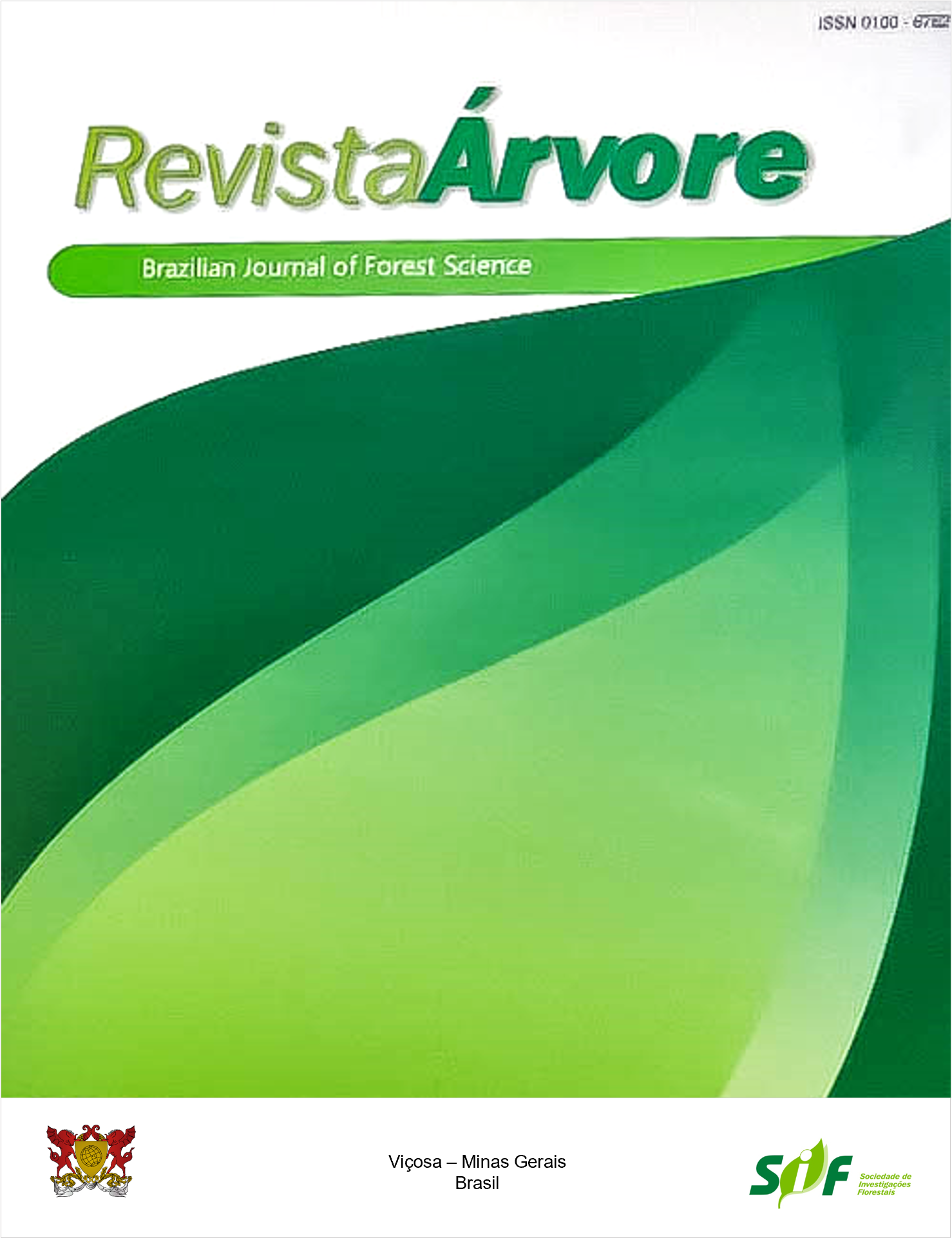STRAINS OF Paraburkholderia ORIGINATED FROM RUPESTRIAN FIELDS PROMOTE THE GROWTH OF Mimosa foliolosa
Keywords:
Nitrogen fixing bacteria, Recovery of degraded areas, Phosphate solubilizationAbstract
Mimosa foliolosa is a promising native species of rupestrian fields for revegetation of degraded areas in this ecosystem. The symbiosis between leguminous plants and N2-fixing bacteria may play an important role in the recovery of these areas, since these plants have better development and are more resistant to the attack of pathogens. In addition to the biological nitrogen fixation (BNF), these bacteria can promote plant growth through other processes, such as phosphate solubilization and siderophore production. We studied the cultural and genetic characteristics of 11 bacterial strains, isolated from rupestrian field soils using Mimosa tenuiflora as “trap” plant. We evaluated these strains considering their symbiotic characteristics such as nodulation, and growth-promotion of Mimosa foliolosa, as well as their ability for siderophore production and phosphate solubilization. Native N2-fixing bacterial strains belonging to the Paraburkholderia genus (UFLA01-750, UFLA01-728, UFLA01-725, and UFLA01-757), showed high symbiotic efficiency with M. foliolosa. These strains also solubilized calcium phosphate and produced siderophores, exhibiting high functional diversity and potential for use in revegetation projects.
Keywords: Nitrogen fixing bacteria; Recovery of degraded areas; Phosphate solubilization
Downloads
Published
How to Cite
Issue
Section
License
Copyright (c) 2021 Revista Árvore

This work is licensed under a Creative Commons Attribution 4.0 International License.
All authors agreed to submit the work to Revista Árvore and granted the exclusive license to publish the article. The authors affirm that it is an original work and has not been previously published elsewhere. The scientific content and opinions expressed in the article are the sole responsibility of the authors and reflect their opinions, not necessarily representing the opinions of the editorial board of Revista Árvore or of the Society of Forest Investigations (SIF).




